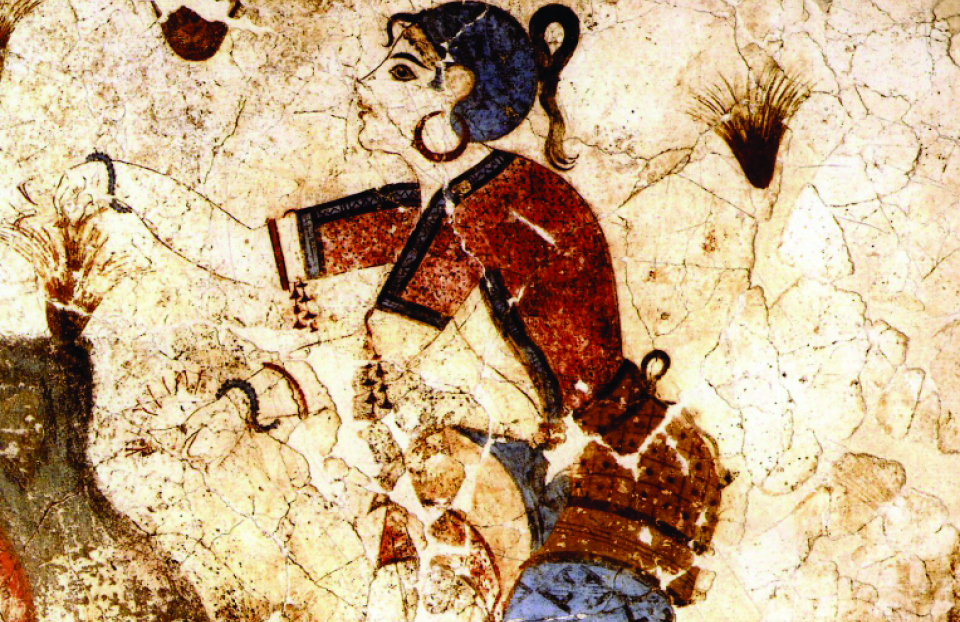
A story of love, respect, and passion.
- Organic saffron cultivation;
- Saffron cultivation on agricultural lands;
- Saffron cultivation in greenhouses.

Historical Overview of Saffron
Saffron, one of the most precious spices in the world, has a long history that spans millennia and various civilizations. Likely originating from ancient Persia or the Eastern Mediterranean region, Crocus sativus, the plant from which saffron is derived, was used by the Sumerians and Egyptians both for culinary and medicinal purposes. In ancient Greece and Rome, saffron was highly valued for its gastronomic, cosmetic, and therapeutic uses. During the Middle Ages, thanks to Arabic trade routes and the Crusades, saffron spread to Europe, where it became a symbol of luxury in aristocratic kitchens. Countries such as Spain, Italy, and India became major producers. In India, saffron also holds significant religious and cultural meaning, being used in sacred ceremonies. Today, its use continues in cooking, particularly in traditional dishes like Spanish paella or Italian risotto alla Milanese, as well as in natural remedies and beauty products around the world.
It seems that its use dates back over 3,000 years, with a fascinating story intertwining culture, trade, and tradition across the globe, leaving deep traces in various civilizations. In Mesopotamia, saffron was considered a sacred element used in religious rituals. In ancient Egypt, it is said that Cleopatra used saffron in her baths to enhance the beauty of her skin. The ancient Greeks and Romans used it not only as a spice but also as a dye and perfume; the Romans, in particular, used it in luxurious environments and theaters.
During the Middle Ages, control over the production of saffron became a strategic element for the economy of many European cities. In Italy, its cultivation spread mainly in regions like Abruzzo, Tuscany, and Lombardy. In Spain, the introduction of saffron is attributed to the Arabs, and today the La Mancha region is one of the world’s leading producers. In the Indian subcontinent, saffron spread primarily through the Silk Road, becoming particularly prized in Kashmir, where its cultivation remains active and deeply rooted in local traditions.
Saffron trade has always played a key role in determining its value: as early as ancient times, the spice was transported along trade routes connecting Asia, the Middle East, and the Mediterranean. Due to the complex process of harvesting it (approximately 150,000 flowers are needed to produce one kilogram of saffron), its price has remained high, making it a symbol of luxury and power. Today, in addition to its culinary use, saffron is sought after for its medicinal properties, such as being an antioxidant, antidepressant, and anti-inflammatory. It is also used in cosmetics and some traditional medicine practices, particularly in India and Persia. Its history continues to fascinate, reflecting the connection between culture, tradition, and innovation.

